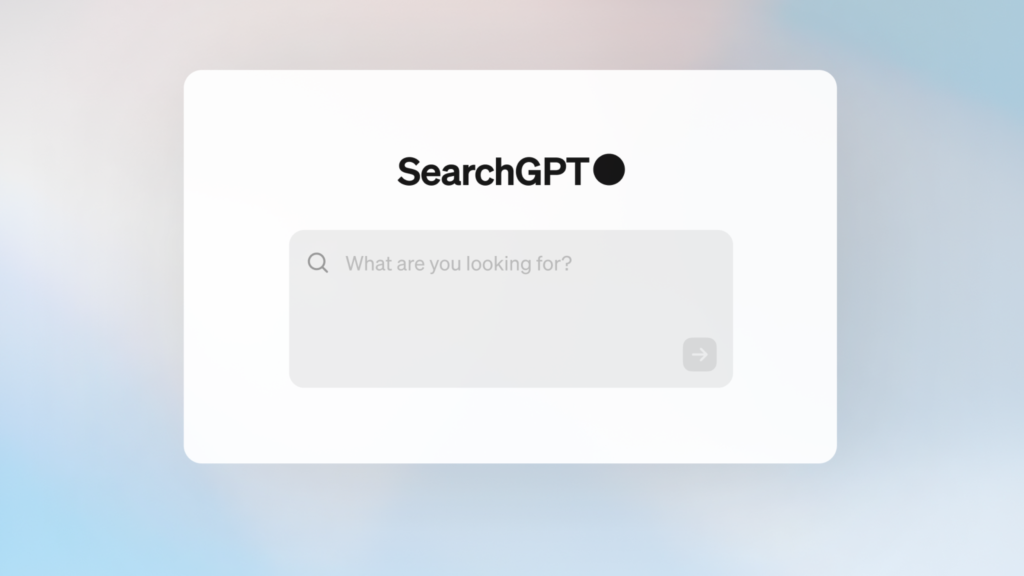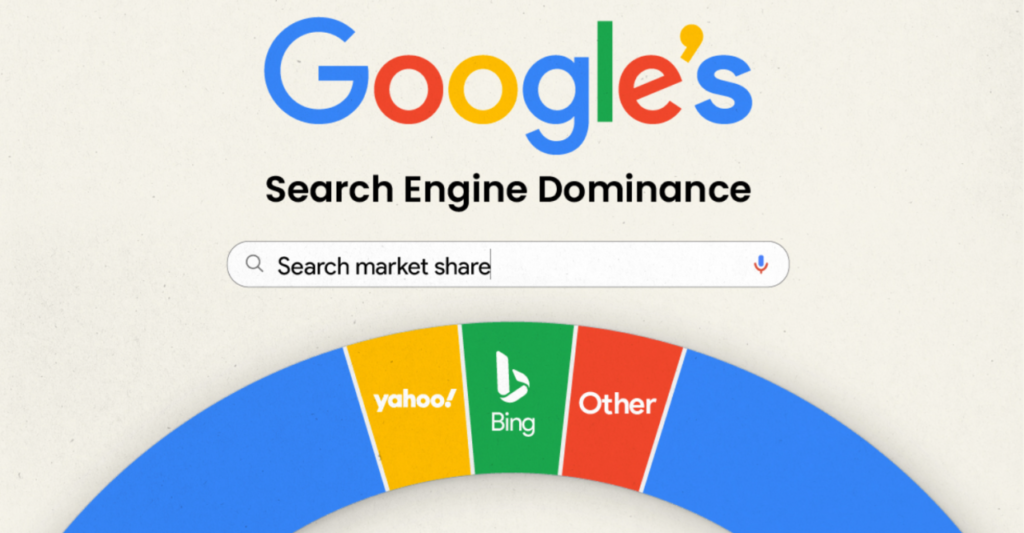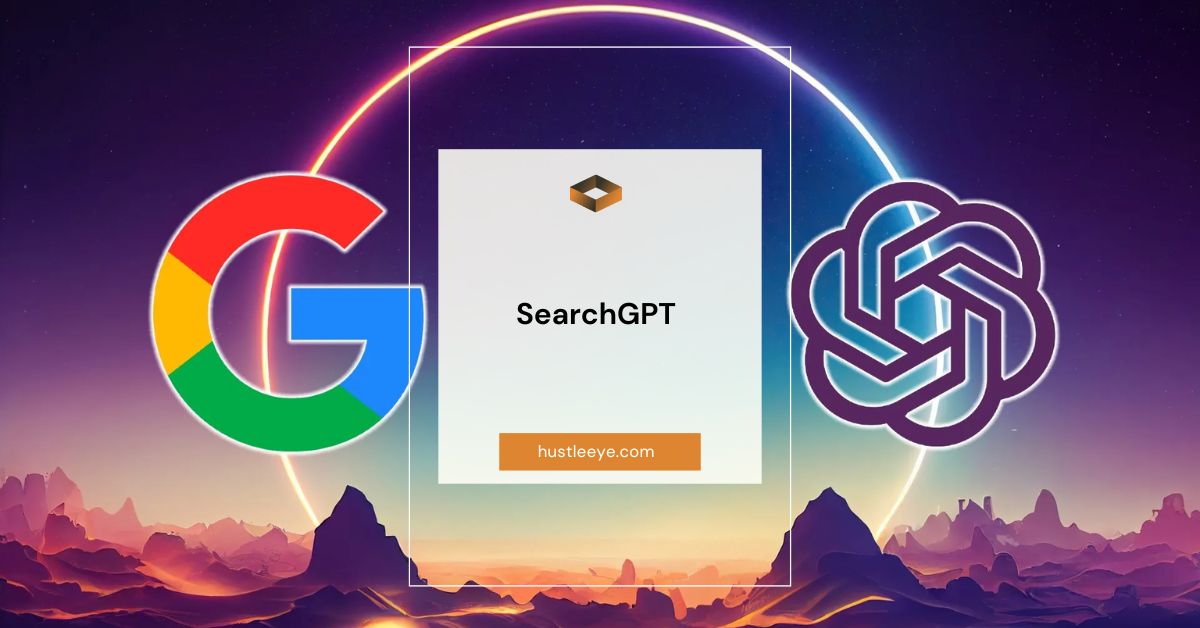In a move that has sent ripples through the tech world, OpenAI has unveiled SearchGPT, a cutting-edge search engine powered by artificial intelligence. Announced on July 26, 2024, SearchGPT is designed to compete directly with established search giants like Google and Bing.
Leveraging the advanced capabilities of OpenAI’s GPT-4 models, this new search engine aims to revolutionize how we find information online by offering more conversational, relevant, and up-to-date search results.
Table of Contents
What is SearchGPT?
SearchGPT is an AI-powered search engine that integrates OpenAI’s generative AI models with real-time internet access.
Unveiling Wavr-297: The Future of Connectivity
Unlike traditional search engines that rely heavily on keyword matching, SearchGPT understands the context and intent behind search queries, providing users with more accurate and meaningful results. Initially launched as a prototype for a select group of users and publishers, OpenAI plans to eventually integrate SearchGPT’s features into its popular ChatGPT platform.

How SearchGPT Works:
1. Conversational Search:
At its core, SearchGPT transforms the search experience by allowing users to ask questions in natural language, similar to how they would interact with ChatGPT. This conversational approach makes it easier for users to articulate their queries and receive direct, comprehensive answers.
For example, if you ask SearchGPT about the best tomatoes to grow in Minnesota, it will provide detailed information on suitable tomato varieties along with relevant links to gardening resources.
2. Real-Time Information:
One of the standout features of SearchGPT is its ability to provide up-to-date information. Traditional search engines often struggle to deliver timely content, but SearchGPT continually crawls the web to ensure its answers are current. This capability is crucial for users seeking the latest news, trends, or updates on any topic.
The Importance of Crucialidade: Understanding and Implementing Its Core Principles
Features of SearchGPT:
1. Enhanced Understanding of User Intent:
SearchGPT goes beyond simple keyword matching. It analyzes the language used in queries, the context of previous interactions, and the overall knowledge base of the user to deliver more relevant results. This deep understanding of user intent allows SearchGPT to provide more precise and useful answers.
2. Visual Answers:
In addition to text-based responses, SearchGPT can generate and present information in various media formats, such as images and videos. This feature, known as “visual answers,” enhances the user experience by providing more engaging and comprehensive search results.
Oh Em Gee Blog: Your Go-To Source for Inspiration, Insight, and Entertainment
3. Clear Source Attribution:
Transparency is a key aspect of SearchGPT. Each piece of information provided comes with clear links to relevant sources. This not only helps users verify the information but also supports publishers by driving traffic to their websites.

The Impact on the Search Engine Market:
1. Competition with Google:
SearchGPT’s launch signifies a direct challenge to Google’s dominance in the search engine market. Google has been the unrivaled leader for years, but its recent efforts to integrate AI into search, such as the AI Overviews feature, have faced criticism for inaccuracies and potential harm to publisher traffic.
SearchGPT aims to address these issues by providing accurate, up-to-date information with proper source attribution, potentially capturing a significant share of the search market.
Rownavigator.com: Transforming Data Management and Analysis
2. Bing and Other Competitors:
Microsoft’s Bing, which already integrates some of OpenAI’s technology, also faces new competition from SearchGPT.
While Bing has made strides with AI-powered features, SearchGPT’s advanced understanding of user intent and real-time information capabilities could give it an edge. Other AI-driven search engines, like Perplexity AI, will also need to innovate to keep up with SearchGPT’s powerful features.

Addressing Challenges and Concerns:
1. Accuracy and Reliability:
AI-powered tools have a history of confidently asserting false information. OpenAI is keenly aware of this challenge and is committed to continuously improving SearchGPT’s accuracy. The prototype phase allows for extensive testing and feedback, which will be used to refine the AI models and algorithms.
2. Publisher Relations:
The integration of AI in search engines has raised concerns among publishers about traffic and revenue loss.
OpenAI has proactively partnered with publishers, offering them control over how their content appears in SearchGPT results. This collaboration aims to ensure that publishers benefit from the increased exposure while maintaining their revenue streams.
Motosas: Pioneering the Future of Motorcycles
The Future of Search with AI:
1. Integration with ChatGPT:
OpenAI’s vision for SearchGPT includes seamless integration with ChatGPT, enhancing the capabilities of the chatbot with real-time search functionality.
This integration will create a more powerful tool for users, combining the conversational abilities of ChatGPT with the extensive information retrieval capabilities of SearchGPT.
2. Potential Market Shifts:
As SearchGPT gains traction, it could significantly shift the dynamics of the search engine market. Google, with its vast resources, is unlikely to remain passive. We can expect to see accelerated innovation from Google, Bing, and other players as they strive to match or surpass the capabilities of SearchGPT.
Exploring “iekşi”: A Comprehensive Guide to Its Meaning, Significance, and Applications
FAQs:
FAQs about SearchGPT by OpenAI
1. How does SearchGPT ensure user privacy and data security?
SearchGPT is designed with user privacy and data security as top priorities. OpenAI employs robust encryption methods to protect user data during transmission and storage. Additionally, SearchGPT adheres to strict data minimization practices, meaning it only collects the information necessary to provide relevant search results. Users also have the option to manage their privacy settings, including opting out of data collection for personalized search experiences.
2. Can SearchGPT handle non-English languages and multilingual queries?
Yes, SearchGPT is equipped to handle a wide range of languages and multilingual queries. The AI models have been trained on diverse datasets that include numerous languages, enabling them to understand and respond accurately in multiple languages. This makes SearchGPT a versatile tool for users around the world, regardless of their native language.
3. What sets SearchGPT apart from other AI-driven search engines?
SearchGPT distinguishes itself through its advanced conversational capabilities, real-time information retrieval, and clear source attribution. Unlike other AI-driven search engines, SearchGPT can understand complex, context-rich queries and provide precise answers. Its integration with real-time web data ensures users receive the most current information available, and each result is linked to its source, enhancing transparency and reliability.
4. How does SearchGPT handle sensitive or controversial topics?
SearchGPT employs a combination of advanced AI moderation tools and human oversight to handle sensitive or controversial topics. The system is designed to recognize potentially harmful or sensitive content and ensure responses are accurate, respectful, and balanced. OpenAI continually updates and refines its moderation policies to address emerging issues and maintain a safe and informative search environment.
5. What kind of partnerships has OpenAI established to enhance SearchGPT’s capabilities?
OpenAI has established partnerships with various publishers, educational institutions, and content creators to enhance the quality and breadth of information available through SearchGPT. These partnerships ensure that SearchGPT has access to a wide array of credible sources, allowing it to deliver comprehensive and accurate answers. Moreover, OpenAI collaborates with these partners to develop guidelines and best practices for content usage, benefiting both users and content providers.
6. How can developers and businesses integrate SearchGPT into their own applications?
OpenAI offers APIs that allow developers and businesses to integrate SearchGPT’s capabilities into their own applications and platforms. This enables companies to leverage the powerful search and conversational features of SearchGPT to enhance their own products and services. Detailed documentation and support are provided to assist developers in the integration process, ensuring seamless and efficient implementation.
Conclusion:
SearchGPT represents a bold and innovative step by OpenAI into the competitive search engine landscape. By combining advanced AI models with real-time web access, SearchGPT promises to deliver a superior search experience that is conversational, accurate, and up-to-date.
As it evolves, SearchGPT has the potential to reshape how we search for and interact with information online, challenging the status quo and driving the entire industry forward.
Whether you are a casual user seeking quick answers or a professional looking for in-depth information, SearchGPT offers a glimpse into the future of search technology. As OpenAI continues to refine and expand its capabilities, the impact on both users and competitors will be profound, heralding a new era in the way we find and use information on the web.


